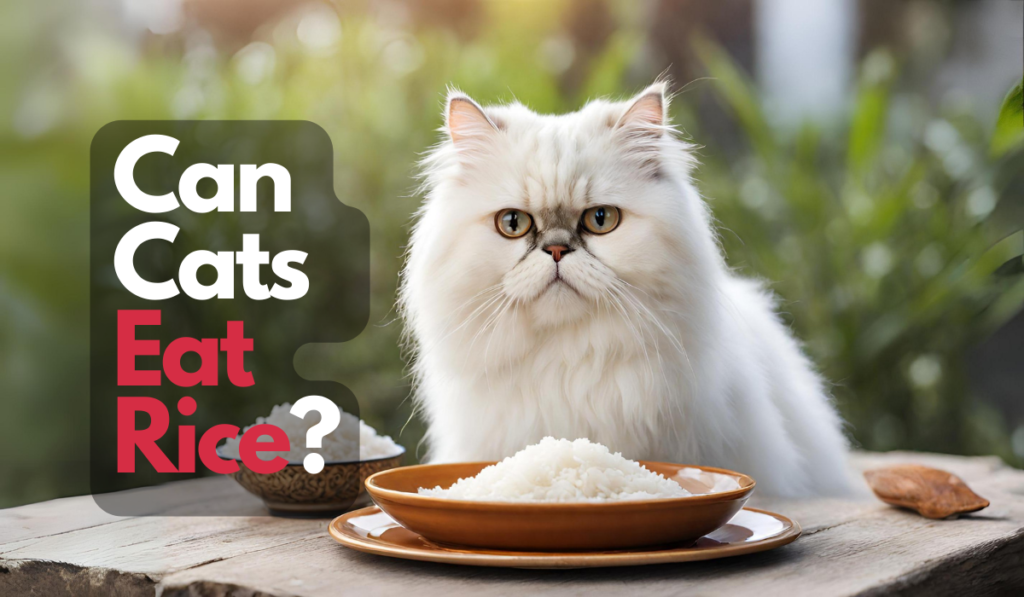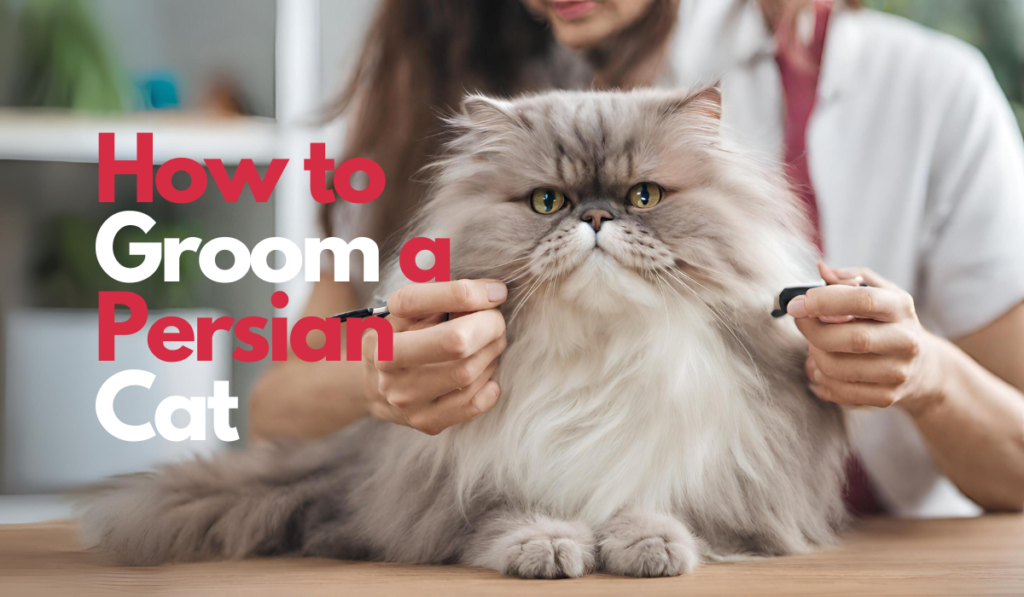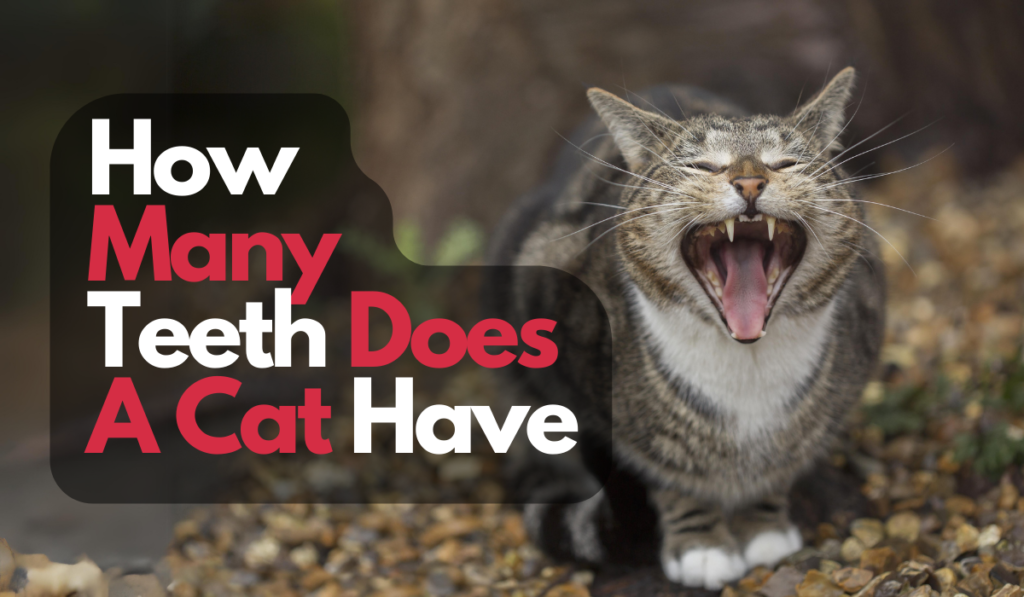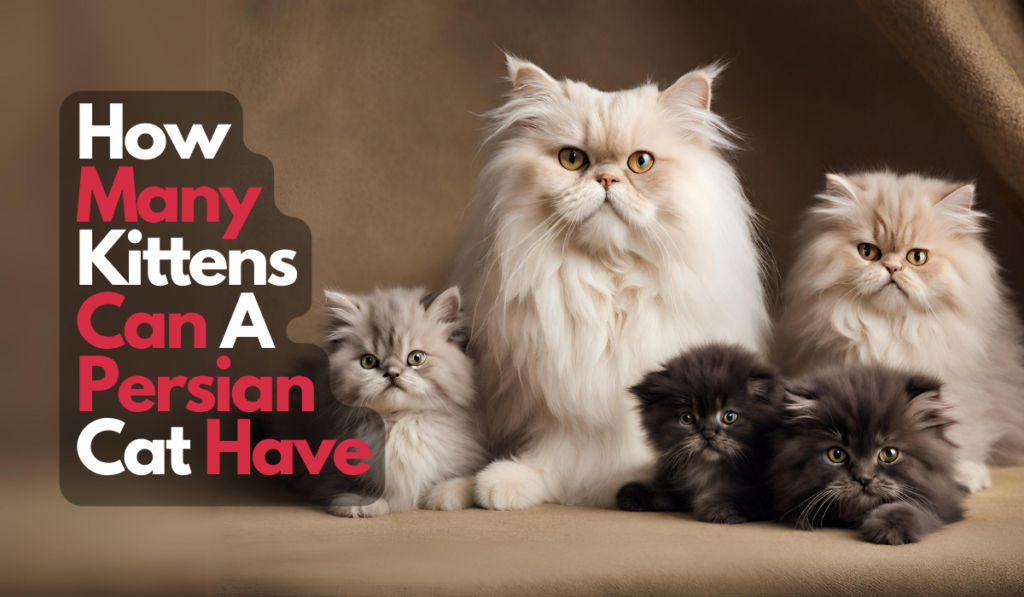If you are a cat lover or a cat parent in India, you may have wondered whether rice is a safe and beneficial addition to your cat’s diet. Rice is a staple food in many Indian households, and it may seem convenient and economical to share some with your furry friend. But is rice suitable for cats?
Can Cats eat rice? What are the nutritional benefits, risks, and precautions of feeding rice to cats? How can you introduce rice into your cat’s diet in a safe and cat-friendly way?
This article will explore these questions and more, tailored for cat lovers in India.
Nutritional Benefits of Rice for Cats
Rice is a cereal grain that provides carbohydrates, protein, vitamins, and minerals. Carbohydrates are an energy source for cats, incredibly active and playful. Protein is essential for building and maintaining muscles, organs, skin, hair, and nails. Rice also contains some B vitamins, such as thiamine and niacin, which help with metabolism, nerve function, and blood cell production. Rice also has minerals such as iron, magnesium, and manganese, which support various bodily functions.
Risks and Precautions of Feeding Rice to Cats
While rice can offer some potential nutritional benefits for cats, it’s crucial to understand the associated risks and precautions before offering it to your feline friend. Here’s a breakdown of both sides of the coin:
- Bland Diet: Rice, when cooked plain, can be helpful in settling upset stomachs and managing mild diarrhea due to its bland nature and easy digestibility (for some cats).
- Fiber Source: Cooked rice provides a small amount of dietary fiber, which can aid in digestion and promote gut health in moderation.
- Carbohydrate Source: Rice offers a source of carbohydrates for energy, but remember, cats are obligate carnivores, and their primary energy needs come from animal protein.
Precautions of Feeding Rice to Cats:
- Consult your veterinarian before introducing rice into your cat’s diet. Your veterinarian can advise whether rice suits your cat’s health condition, age, breed, and lifestyle.
- Introduce rice gradually and in small amounts. Start with a teaspoon of cooked rice mixed with your cat’s regular food, and observe how your cat reacts. Suppose your cat shows no signs of digestive issues or allergies. In that case, you can gradually increase the amount and frequency of rice over time.
- Feed your cat only plain cooked rice. Please do not feed your cat raw or uncooked rice, as it can contain bacteria or fungi that can cause infections. Do not feed your cat seasoned or flavoured rice, as it can contain spices, salt, sugar, or other ingredients that can be harmful to your cat.
- Feed your cat rice only as an occasional treat or supplement. Do not feed your cat rice as a main meal or a staple food. Rice should comprise at most 10% of your cat’s daily calorie intake. Your cat still needs a balanced diet that includes high-quality protein from meat or fish sources and other essential nutrients from fruits and vegetables.
- Monitor your cat’s weight and health regularly. Keep track of how much and how often you feed your cat rice, and check your cat’s weight and body condition regularly. If you notice any signs of weight gain or obesity in your cat, reduce or stop feeding rice to your cat. If you notice any signs of digestive issues or allergies in your cat, stop feeding rice to your cat immediately and consult your veterinarian.
Best Practices for Feeding Rice to Cats
If you decide to feed rice to your cat after following the precautions above, here are some best practices to make it a safe and enjoyable experience for both you and your cat:
- Cook the rice properly. Use clean water to wash the rice thoroughly before cooking it. Use a ratio of one part rice to two parts water to cook it until it is soft and fluffy. Do not add oil, butter, salt, sugar, or spices to the rice while cooking.
- Cool the rice before feeding it to your cat. Please do not feed your cat hot or warm rice, as it can burn your cat’s mouth or throat. Please wait until the rice has cooled down completely before offering it to your cat.
- Store the leftover rice properly. Please do not leave the cooked rice at room temperature for more than two hours, as it can spoil and grow bacteria or fungi. Refrigerate the leftover rice in an airtight container and use it within three days. Reheat the rice before feeding it to your cat again.
- Offer fresh water along with the rice. Rice can be dry and absorb water from your cat’s body, which can lead to dehydration. Ensure you provide fresh water for your cat to drink along with the rice.
Variants of Rice for Cats
Rice comes in different varieties and forms, such as white rice, brown rice, rice cakes, and rice pudding. Are these variants of rice safe for cats? Here is a brief overview of each variant and its safety for cats:
- White rice: This is the most common and widely available type of rice. It is also the easiest to digest for cats, as it has less fibre and bran than other types of rice. However, it also has less nutritional value, as it has less protein, vitamins, and minerals than other types of rice. White rice is safe for cats in moderation and as an occasional treat or supplement.
- Brown rice: This is a type of whole-grain rice that has more fibre and bran than white rice. It also has more protein, vitamins, and minerals than white rice. However, it also has more starch and calories than white rice. Brown rice can be harder to digest for some cats, as it has more fibre and bran, which can cause digestive issues. Brown rice is safe for cats in moderation and as an occasional treat or supplement, but not as much as white rice.
- Rice cakes are thin and crispy snacks made from puffed or popped rice. They are low in fat and calories but low in protein and other nutrients. They can also contain salt, sugar, or other flavourings that can harm cats. Rice cakes are unsafe for cats, as they can cause choking, dental problems, or digestive issues.
- Rice pudding: This is a sweet dessert made from cooked rice mixed with milk, sugar, and spices. It can also contain raisins, nuts, or other ingredients that can be toxic to cats. Rice pudding is not safe for cats, as it can cause obesity, diabetes, or digestive issues.
Answering Common Questions About Cats and Rice
Here are some common questions that cat lovers or cat parents in India may have about cats and rice, along with straightforward answers based on the information above:
Is rice safe for cats?
Yes, plain cooked rice is safe for cats in moderation and as an occasional treat or supplement. However, some cats may have digestive issues or allergies to rice, so consult your veterinarian before feeding rice to your cat.
Is rice bad for cats?
Rice is not bad for cats if fed correctly and in moderation. Rice can have some nutritional benefits for cats, such as providing carbohydrates, protein, and some vitamins and minerals. However, too much or too often rice can cause weight gain or obesity in cats, so feed your cat rice only as an occasional treat or supplement.
Can cats have rice?
Cats can have plain cooked rice in moderation and as an occasional treat or supplement. However, some cats may have digestive issues or allergies to rice, so consult your veterinarian before feeding rice to your cat.
Can cats eat cooked rice?
Cats can eat plain cooked rice in moderation and as an occasional treat or supplement. However, some cats may have digestive issues or allergies to rice, so consult your veterinarian before feeding rice to your cat.
Can cats eat white rice?
Cats can eat plain cooked white rice in moderation and as an occasional treat or supplement. White rice is the easiest to digest among the different types of rice for cats. However, white rice has less nutritional value than other types of rice, so feed your cat white rice only as an occasional treat or supplement.
Can cats eat brown rice?
Cats can eat plain cooked brown rice in moderation and as an occasional treat or supplement. Brown rice has more nutritional value than white rice among the different types of rice. However, brown rice can be harder to digest for some cats among the different types of rice. So feed your cat brown rice only as an occasional treat or supplement, but not as much as white rice.
Can cats eat rice cakes?
No, cats cannot eat rice cakes. Rice cakes are thin and crispy snacks made from puffed or popped rice. They are low in fat and calories but low in protein and other nutrients. They can also contain salt, sugar, or other flavorings that can harm cats. Rice cakes are unsafe for cats, as they can cause choking, dental problems, or digestive issues.
Can cats eat rice pudding?
No, cats cannot eat rice pudding. Rice pudding is a sweet dessert from cooked rice mixed with milk, sugar, and spices. It can also contain raisins, nuts, or other ingredients that can be toxic to cats. Rice pudding is not safe for cats, as it can cause obesity, diabetes, or digestive issues.
Conclusion
Rice is a staple food in many Indian households, and it may seem convenient and economical to share some with your furry friend. But is rice suitable for cats? The answer is yes and no. Rice can benefit cats by providing carbohydrates and fibre. However, it can also cause some problems, such as obesity and diabetes. Rice is not a natural part of a cat’s diet; they do not need it to survive.
Therefore, rice should only be given to cats as an occasional treat or supplement, not as a main meal. Rice should also be cooked plain, without salt, spices, or sauces that could harm a cat’s health. In conclusion, rice can be suitable for cats in moderation, but it is not essential or recommended.







